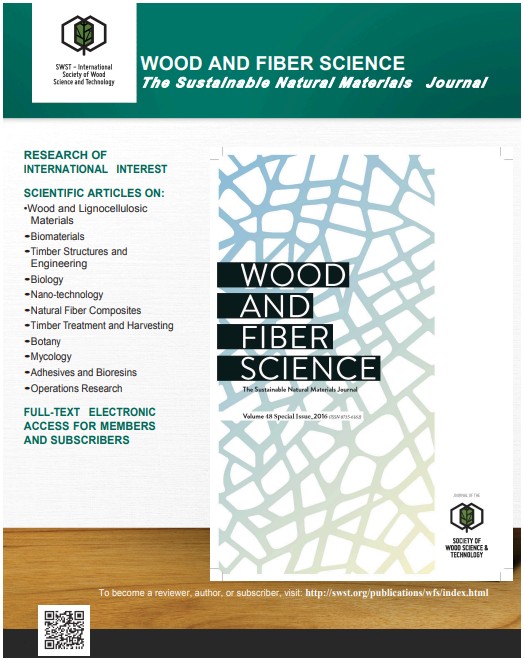
January 5, 2026

OLEAF4VALUE has progressed significantly at each stage of the project development during the first 18 months of exhaustive work. Key advancements are listed below:
Smart supply chain development: from underexploited biomass to a standardised starting material
This stage served as scrutiny of an overview of the state-of-the-art olive tree farms and the identification of the most suitable biomass providers. Samples were characterized in the laboratory and fields, with portable spectroscopic instruments. An important activity was the systematic analysis of leaves’ residual streams providing detailed quantifiers of potential resources available for bio-refinery.
Main results: the previously mentioned activities showed that olive leaves supply chains vary fundamentally in different regions represented within the team of the OLEAF4VALUE project. The quantity of biomass available for bio-refineries varies depending on the tree species, pruning/harvesting methods, handling of residuals, and storage duration.
Multi-valorisation route: from a standardised starting material to added-value fractions and bioproducts
This stage is devoted to the development of the downstream process routes that the olive leaf raw material will go through. Partners involved in these actions have begun charting the smart biorefinery’s downstream processing schemes to convert the olive leaf biomass into various high added-value products. The biorefinery will be equipped with a Smart Optimization Tool, a software program that guides the downstream processing of each olive leaf batch towards different end products, taking into consideration its composition and market demand at the given moment.
Main results: one of the main achievements so far is that 15 products have already been produced in this stage, achieving our first milestone.
Post-extraction technologies: From extracted fractions to high added-value tailor-made bioproducts
In this stage, project partners have developed different formulations for oral administration and other Molecularly Imprinted Polymers to aid with the production of tailor-made bioproducts from various olive leaf extracts. Moreover, from minoritary molecules present in olive leaf extracts, new molecules of high value -for pharma, cosmetic and nutraceutical industries, and very hard to obtain by chemical synthesis- and outstanding performances will be obtained through biocatalysis, using recombinant microbial cells.
Main results: the production of active compound-rich fractions was demonstrated to be possible from complex olive leaf extracts containing these compounds. The formulations increased the olive leaf compounds’ solubility and showed good stability at different temperatures and in simulated gastrointestinal fluids. Additionally, the production of new molecules derived from those present in olive leaf extracts has been demonstrated to be affordable.
The road towards market applications
In this stage, the olive leaf extracts that are available so far have been assessed for their solubility, and large concentration ranges have been applied in various experiments. For application in cosmetics, extracts were encapsulated in different formulation trials.
Main results: partners agree that thus far, there appear to be promising health benefits from various olive leaf extracts. However, there is still more to come and more to learn in the upcoming months.
OLEAF4VALUE impact assessment, regulatory & consumer considerations
In this stage, ZER0-E has been working on the development of the life cycle cost analysis and life cycle assessment of the multi-valorisation routes of the olive leaf defined in the project.
Main results: partners involved in this stage have delivered the first interim report related to regulatory, legal, and beyond-legal limitations for the olive leaf industry.
Ensuring the impact of the project’s results and developments
Along with technological developments, the consortium also implemented strategies to maximise the project’s impact and conducted research on key bioeconomy market sectors, potential business models, and value chains. In parallel, the intermediate market reports on key bioeconomy sectors and the intermediate business models and value chain analysis were successfully completed. As a result, partners are now looking at market launching. In addition, they will soon start to create new business models and analyse potential value chains, as well as business plans and exploitation plans liaise with key stakeholders to help guide and inform the partners’ research.
Follow OLEAF4VALUE on social media!